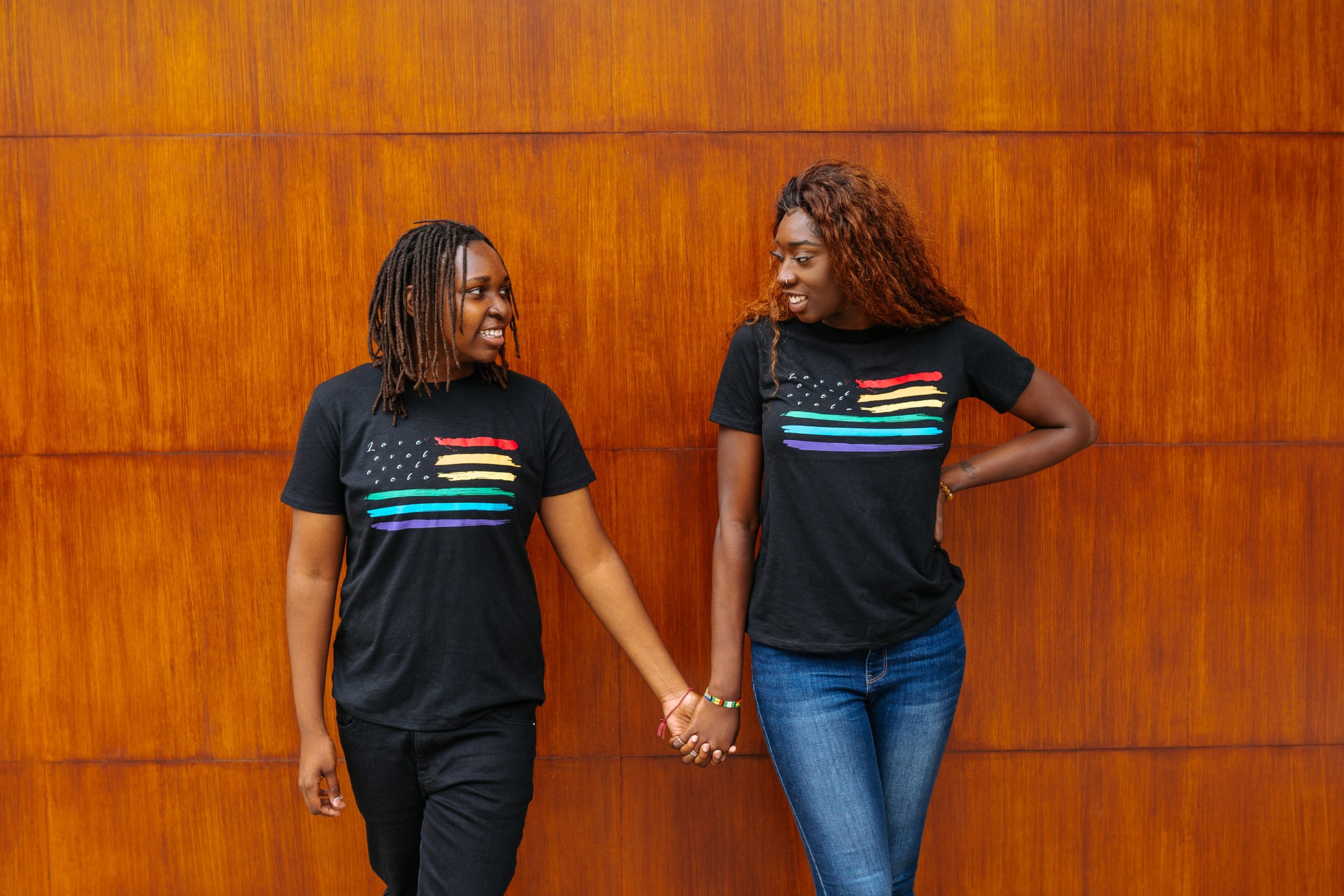Understanding Sexual Orientation

Sexuality, or sexual orientation, refers to who we are physically or emotionally attracted to. Sometimes that attraction means we want to have an emotional or physical relationship with someone (or with multiple people) depending on our needs and desires. It’s common for our sexual identity to change and grow over time as we meet new people and learn more about ourselves.
Many of our lessons about sexuality are taught based on a really narrow idea of gender identity and sexual orientation, also known as the cishet (cisgender heterosexual) lens. This is called heteronormative bias. Heteronormative bias and the cishet lens assume a few things:
- People are cisgender (they identify with the gender they were assigned at birth).
- There are only two genders (male or female).
- People are straight (attracted to someone of the “opposite” gender).
- People follow stereotypical gender roles.
All these assumptions are wrong.
Many people carry these assumptions, however, and when we aren’t the identity people assume we are, we may feel the need to come out. This process is different for everyone, which makes sense because we’re all wonderfully unique.
Sexuality Is a Spectrum
Sexuality exists on a spectrum. That means there are many ways to define who we are attracted to and a variety of ways to feel attraction. Not all feelings of attraction come with feelings of sexual desire—which is absolutely valid—and sometimes we don’t want to have relationships with the people we are attracted to.
Gender identity often comes into play when trying to define your sexuality. Sexuality and gender are different things, but they can be connected. For some people, getting to know your gender identity can help you better understand how you define your sexuality.
That’s because labels for sexuality are often based on your gender and the genders of people you may be attracted to. But don’t get caught up if it’s not all coming together right away. It’s not necessary to have everything figured out.
Common Labels for Sexual Orientations
The terms we commonly use to describe sexual orientations include, but are not limited to:
- Gay: Historically used by men attracted to other men, but the term has become an umbrella term for people in various same-gender or queer relationships. Any gender can identify as gay.
- Lesbian: Typically used to describe a woman (either transgender or cisgender) who is attracted to other women.
- Straight: A person who is attracted to people of another gender. Typically this refers to male/female cisgender couples, but many transgender people also identify as straight if they are attracted to people with a different gender identity.
- Bisexual (Bi): A person who is attracted to two or more genders. Some people feel the term bisexual implies a gender binary, but others do not feel it is exclusive and instead view it similarly to the term pansexual.
- Pansexual (Pan): A person who is attracted to multiple genders and sexes.
- Asexual (Ace): A person who does not experience sexual attraction to any gender. Asexual people may or may not be interested in romantic relationships. They can feel sexual feelings but don’t want or need a sexual partner to explore those feelings.
- Aromantic (Aro): A person who doesn’t experience many or any romantic feelings for someone else. They may feel sexual attraction to others but don’t want a romantic relationship.
- Demisexual (Demi): A person who can only feel sexual attraction with someone they have established an emotional connection with.
- Queer: This is a nongendered umbrella term used by people with sexual orientations other than straight. “Queer” has been and can still be seen as a slur, but many members of the LGBTQIA+ community have reclaimed the word as their own.
Coming Out and Using Labels
If and when you choose to come out, sexuality labels can help you understand yourself and help you find a community with others who understand some of the thoughts and feelings you are having.
Using labels can help:
- Communicate to others within and outside the LGBTQIA+ community how you identify.
- Acknowledge the diverse and unique experiences outside cishet experiences.
- Add another layer to your experiences, along with other characteristics such as race, ability, and gender.
- Create a sense of belonging within a community during what can be a difficult process of questioning and exploring identity.
- Give allies of the LGBTQIA+ community a better understanding of what unique experiences of discrimination and bias you may be dealing with due to your sexuality, and how to better support you.
Realizing you may have a sexual orientation that is not straight can feel overwhelming. It can be especially hard if you don’t have supportive people around you.
Know that you are loved and there are so many people who want to help. It’s important to reach out for support. Try contacting The Trevor Project, a leading national organization providing crisis intervention services for LGBTQIA+ youth, by texting START to 678-678 or calling 1-866-488-7386.
Sexuality Is Fluid
It’s important to remember that sexuality is fluid, and labels can be too. That means both your sexuality and the labels you use to describe yourself can change and shift.
If you choose a label that feels right but you later feel it no longer fits your experience, it’s OK to explore other labels. Some people even choose not to label their sexuality at all. All of these choices are valid and unique to each person.
Sexuality Doesn’t Need Proof
It’s also important to know you don’t need to prove your sexuality to anyone, nor do you need to experience sex with someone to prove your identity to yourself or others.
Whether you’re questioning your sexuality or considering coming out about it, understanding the layers of sexuality is an important part of getting to know yourself and forming healthy relationships with yourself and others.
You're Not Alone






